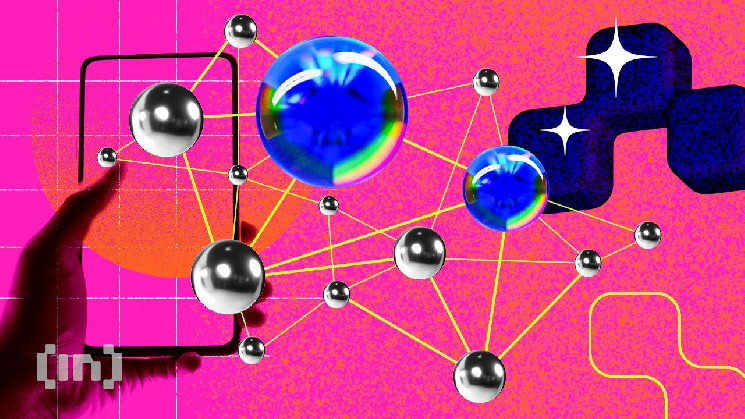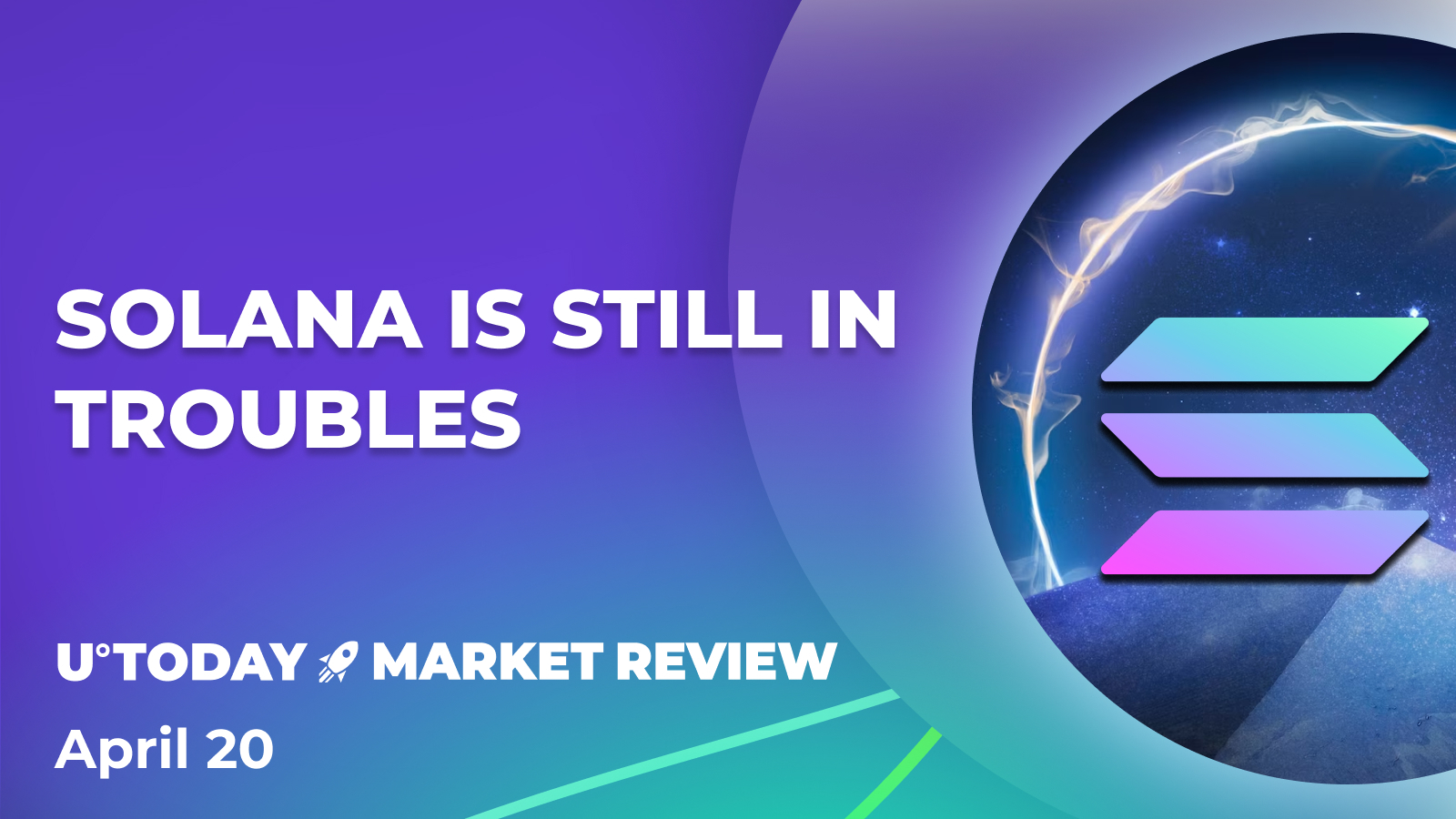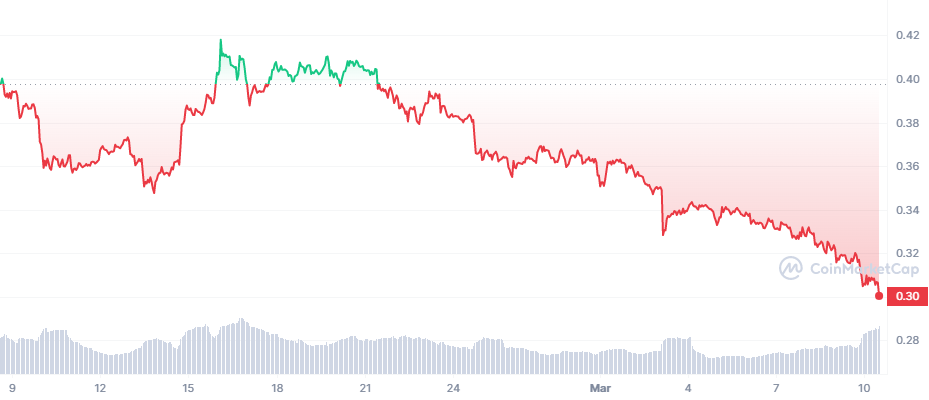- Cardano recently released its highly anticipated scaling solution Hydra.
- The layer-2 solution brings a novel infrastructure to the blockchain space that makes developing apps significantly scalable and efficient.
- Hydra is still under development; however, it could propel Cardano’s adoption when completed.
Cardano has been pushing to compete with Ethereum since its inception in 2017; however, to do that, it has long needed scalability and practicality. With Hydra in the mix, the Proof-of-Stake network may have found the key to unlock its potential as an “Ethereum killer.”
After much anticipation, Cardano’s novel layer-2 solution Hydra has made its way onto the main chain, bringing with it a plethora of essential features. The protocol expects to play a critical role in the network’s adoption with its unparalleled speed and efficiency.
Hail Hydra
Cardano’s new scaling solution Hydra is a force to be reckoned with. The protocol builds upon Bitcoin’s iconic lightning network and adds heaps of functionality, security, and scalability.
It introduces a novel state channel framework that allows developers to instantly run scripts, complex transactions, and more off-chain while maintaining similar functionality and security to the Cardano main chain. This approach has been relatively challenging for most scaling solutions like sharding and zk-rollups, which struggle with performance and functionality.
Thanks to Hydra’s isomorphism, the ability to replicate the functionality and security of Cardano’s main chain, developers can now access a simple, low-cost, secure, and computationally inexpensive solution that enables them to scale up their decentralized protocols as if it were running on the Cardano main chain.
With Hydra, Web3 could soon welcome optimized and scalable DApps that rely on instant micropayments such as subscription-based content, in-app purchases, games, and more without congesting the main chain or raising network fees.

Hydra introduces a myriad of possibilities to Cardano. Another one of its many capabilities is customizability. Since Hydra nodes can be run independently, developers can customize their Hydra Heads to suit their DApps’ needs.
For instance, protocols such as Decentralized exchanges can operate independently on Hydra Heads, handle millions of transactions and traffic, and run complex consensus and governance models, while maintaining users’ security and network performance.
Hydra brings a solid solution to the table with its innovative features, but it’s still under development. When completely developed, Charles Hoskinson, the founder of Cardano, shared that Hydra would make Cardano the fastest payment network in the world.
What’s Next for Cardano
There’s a lot in store for Hydra. It’s an open-source project with hundreds of developers worldwide working to improve it. Initially, Hydra aimed to shift 99% of all Cardano traffic off-chain to Hydra Heads. However, the Cardano Foundation deemed it “too ambitious” and moved on to a new goal – bringing Dapps off-chain.
The first generation of Hydra is set on being the number one DApp on Cardano by all available metrics, such as Total Value Locked (TVL), traffic, volume, and more. According to DefiLlama, the top DApp by TVL is Minswap, with over $52 million locked. Cardano has a collective TVL of $154 million, and Ethereum has $29.42 billion at press time.
On the Flipside
Why You Should Care
Scalability is a big issue in the blockchain industry and one of the major parts of the blockchain trilemma. Leading blockchains like Ethereum have struggled in the past with network congestion and high network fees, which can deter adoption.
With blockchain technology expected to take off, billions of users could likely adopt the technology, increasing the need for scaling solutions that can easily handle significant traffic, such as Hydra.
Are Whales migrating to Cardano?
Cardano Whales Amass $218M in ADA Tokens Over Two Weeks.
Read more about Hydra:
How Cardano’s Hydra Layer-2 Is Challenging Bitcoin Lightning Network and Ethereum Sharding
Sourced from dailycoin.com.
Written by on 2023-05-05 22:47:17.









